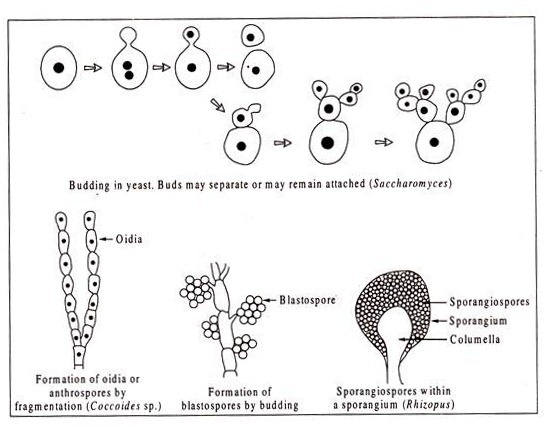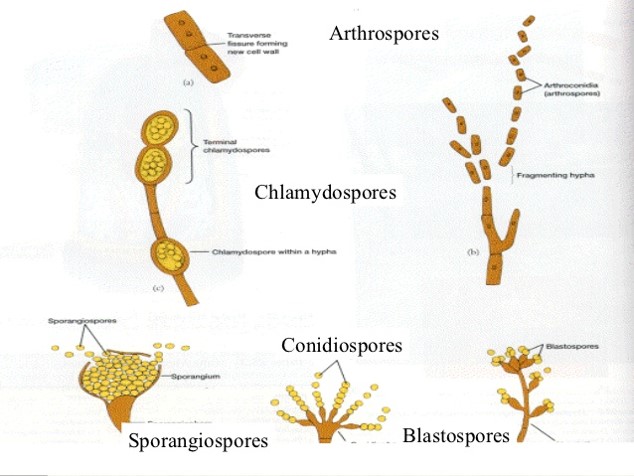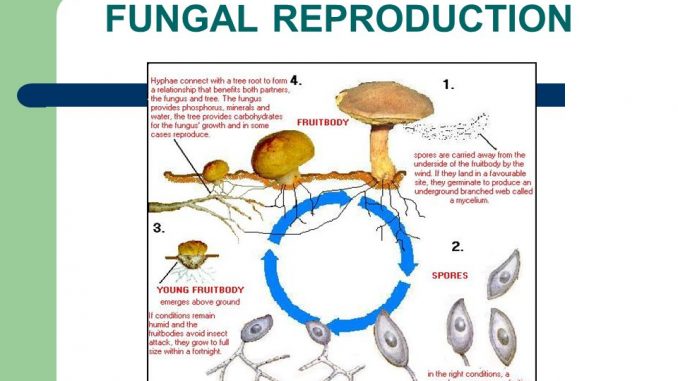Explain Different Sexual Spores Present in Fungi
In biology a biological life cycle or just life cycle or lifecycle when the biological context is clear is a series of changes in form that an organism undergoes returning to the starting state. These spores would be classified as Fungi synthesize antibiotics which inhibit bacterial growth.

Reproduction In Fungi With Diagram Microbiology
The zygote immediately undergoes meiosis to form four haploid cells called spores.

. In biology a phylum ˈ f aɪ l əm. The concept is closely related to those of the life history development and ontogeny but differs from them in stressing renewal Transitions of form may involve growth asexual reproduction or. Phyla is a level of classification or taxonomic rank below kingdom and above classTraditionally in botany the term division has been used instead of phylum although the International Code of Nomenclature for algae fungi and plants accepts the terms as equivalent.
Although haploid like the parents these spores contain a new genetic combination from two parents. During sexual reproduction specialized haploid cells from two individuals designated the and mating types join to form a diploid zygote. Depending on definitions the animal kingdom Animalia contains.
Examination of a newly discovered fungus reveals a number of haploid sexual spores formed on the outside of a club-shaped cell.

Reproduction In Fungi Asexual And Sexual Methods Online Biology Notes

24 1c Fungi Reproduction Biology Libretexts

Reproduction In Fungi Asexual And Sexual Methods Online Biology Notes

Comments
Post a Comment